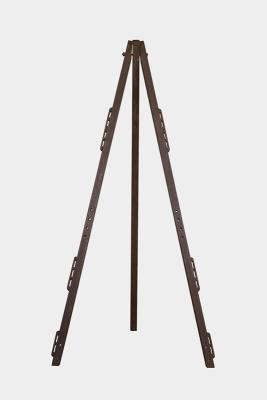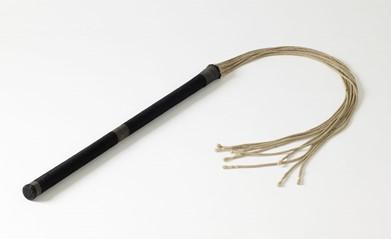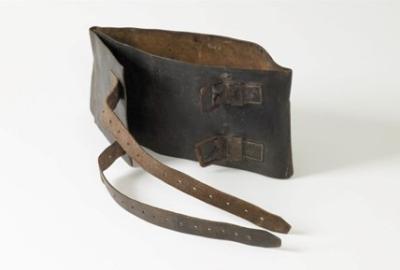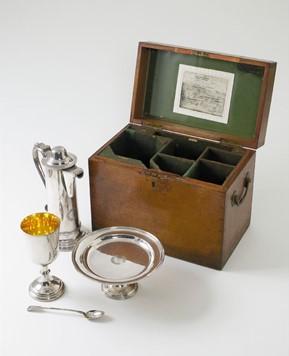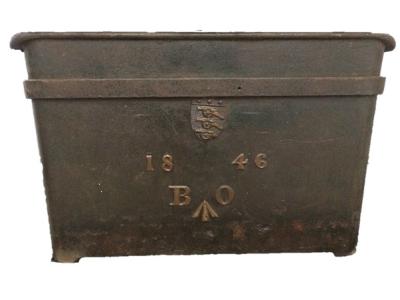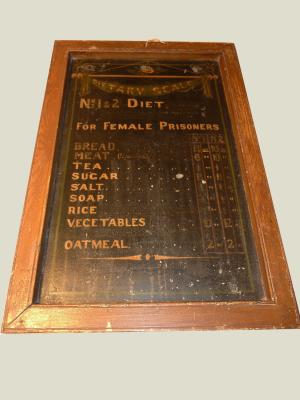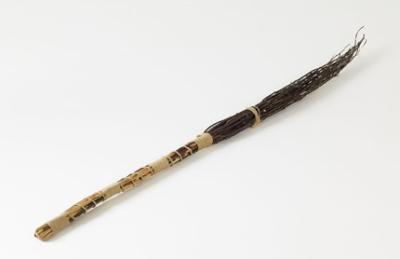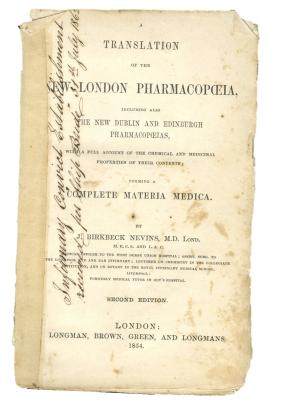PLAN OF PUMPING STATION DRIVES AND SHAFTS
1921Large, rectangular, linen, blueprint. Blueprint plan of Fremantle Prison tunnels. Linen mounted onto similar sized sheet of 1mm cardboard. Length of white cotton tape attached to rear top centre for hanging. Headed in white, 'MWSS & DU/Plan showing Drives and Shafts at Pumping Station, Fremantle/Scale: 50 ft to 1 in.' Signature in top right hand corner, 'J W Lawson/Engineer for Metropolitan Water Supply & Sewerage/5.8.21'. In bottom left hand corner, 'A Hopkins/Actg Chief Draftsman/5.8.21.'
This map is a blueprint of the tunnels, drives and shafts at the Fremantle Prison Pumping Station. Drawn to a scale of 50 feet to 1 inch, it has been printed on linen. It is signed by J W Lawson, Engineer for Metropolitan Water Supply & Sewerage, and A Hopkins, Acting Chief Draftsman, and is dated 5 August 1921.
Details
Details
'J W Lawson/Engineer for Metropolitan Water Supply & Sewerage/5.8.21'
'A Hopkins/Actg Chief Draftsman/5.8.21'
During the time of the Convict Establishment the critical need for fresh water in the colony meant the inmates were required to excavate a series of tunnels, to a length of more than one kilometre, to connect to the natural aquifer underneath Fremantle Prison. It was backbreaking work but the tunnels were critical for the supply of fresh water for the Swan River Colony. Between 1852 and 1856 six wells, roughly 20 metres deep, were sunk in the Establishment’s grounds to tap into the porous limestone aquifer beneath the caprock. For more than 30 years the water was raised by hand pumps operated by the convicts, and at least one prisoner was reported to have died whilst pumping water, with several others sustaining serious injury as a result of this gruelling work.
Water extracted from underneath the Convict Establishment was first used outside the walls in 1874, to supply ships at Fremantle’s newly constructed Long Jetty, through pipes laid along High Street. As more and more ships began docking at the port, more water was required and a below ground reservoir was excavated from the limestone of the site’s south knoll, to provide nearly 200,000 litres of storage capacity. In 1882 the Colonial Secretary suggested that Fremantle Council begin using water from the Prison for the colony, and soon the Prison was supplying thousands of people with clear, fresh water.
In 1888 the first beam balance pump operated by a steam engine was installed, and the prisoners were finally released from the back breaking work of manual pumping. The tunnel complex itself was completed in 1894.
In total the tunnels cover roughly 1,000 metres, of which 750 metres are flooded to about half the height of the walls. After the completion of the tunnels, a project was begun to sink three new wells, connecting them with shafts, drives and tunnels underground in the north-east of the Prison. Water from this complex was pumped into a new storage facility in the East Reservoir, built in two stages in 1890 and 1897. Excavated out of solid rock, it took 8,000 days of prisoner labour, more than 200,000 bricks and 740 barrels of cement to build. After all the effort and hard work completed by the prisoners, in 1899 analysis of the water showed that rising levels of organic salts in the water system made it unsuitable for domestic use.
By 1910 new sources of fresh water had been found, and the Prison was connected to Fremantle’s metropolitan water supply scheme and its own water supplies ceased to be the lifeblood of the town. From then on the water reservoir at Fremantle Prison was only used to irrigate the Prison’s own gardens and lawns.
Open in Google Maps
Nearest geotagged records:
- PHOTOGRAPH OF CATHOLIC CHAPEL AFTER 1988 RIOT (0km away)
- AD REM PRISON NEWSLETTER (0km away)
- CONCERT PROGRAMME (0km away)
- IMAGE OF CHRISTMAS FESTIVITIES (0km away)
- ENTRANCE TO FREMANTLE PRISON (0km away)
- IMAGE OF SALLY PORT (0km away)
- IMAGE OF THE MAIN CELL BLOCK (0km away)
- GATEHOUSE/RECEPTION (0km away)
- IMAGE OF BAKING BREAD (0km away)
- PHOTOGRAPH OF PRISON LIBRARY (0km away)
Nearby places: View all geotagged records »
